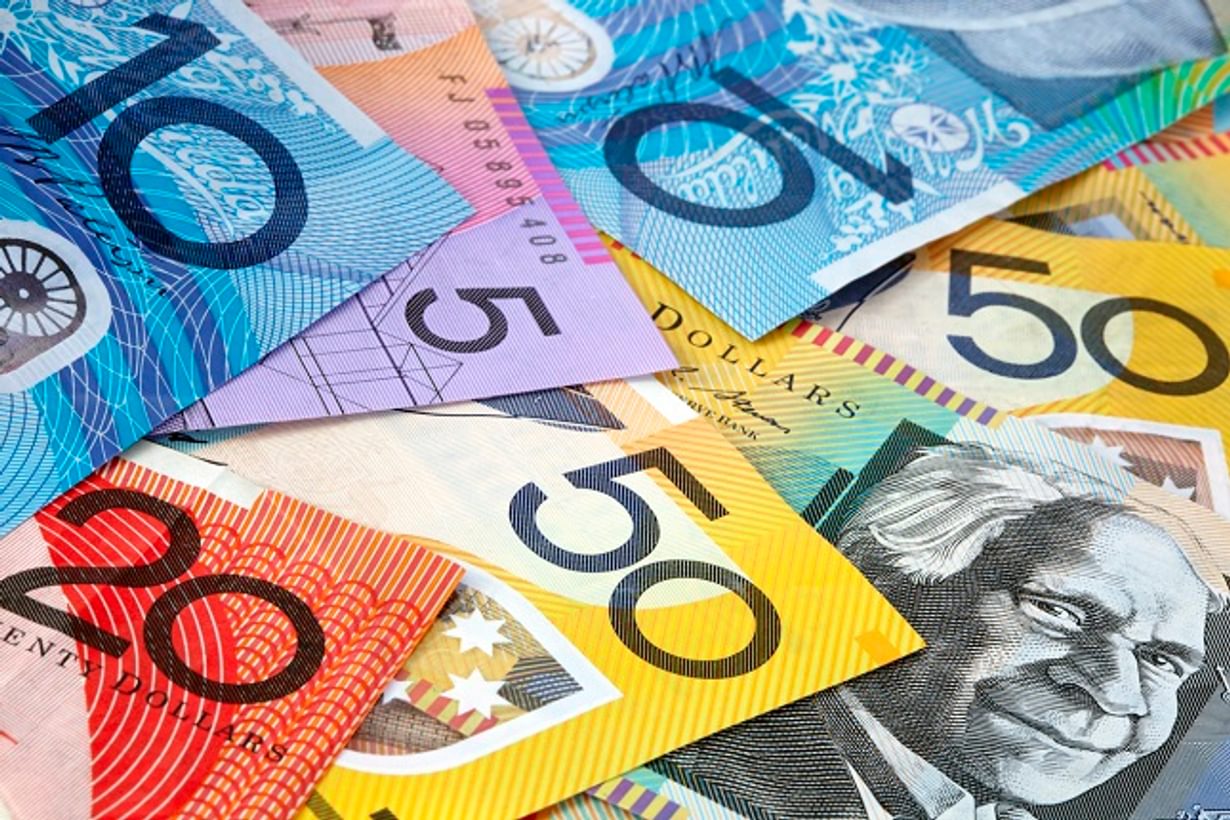Australia’s second quarter consumer price inflation (CPI) came in lower-than-expected. Quarterly Trimmed Mean CPI – of more importance to official interest rate settings from the RBA – rose by 0.5% for the quarter, matching expectations.
The AUD/USD is trading lower early Wednesday following a weaker-than-expected consumer inflation report. Additionally, a late session U.S. private industry report is helping to underpin U.S. West Texas Intermediate and international benchmark Brent crude oil.
Australia’s second quarter consumer price inflation (CPI) came in lower-than-expected. According to the Australian Bureau of Statistics (ABS), headline CPI grew by 0.4% in the three months to June, leaving the increase on a year earlier at 2.1%. Traders had priced in a quarterly increase of 0.5%, and a year-on-year increase to 2.2%. The CPI miss marked the seventh consecutive time the data undershot economist expectations.
Most of the annual growth is due to strength in fuel, electricity and tobacco. Annual growth in prices of discretionary goods such as clothing and footwear, and furniture and household equipment remain subdued.
The details of the report revealed the largest price increases in the quarter came from automotive fuel (+6.9%), medical and hospital services (+3.1%), and tobacco (+2.8%).
In contrast, price declines were registered for domestic holiday travel and accommodation (2.7%), motor vehicles (2.0%) and vegetables (2.9%).
Quarterly Trimmed Mean CPI – of more importance to official interest rate settings from the RBA – rose by 0.5% for the quarter after seasonal adjustments, seeing the year-on-year increase fall back to 1.89% from the upwardly-revised 2.1% increase in the prior quarter.
The result was in line with expectations, but fractionally below the 2% level forecast by the RBA back in May.

